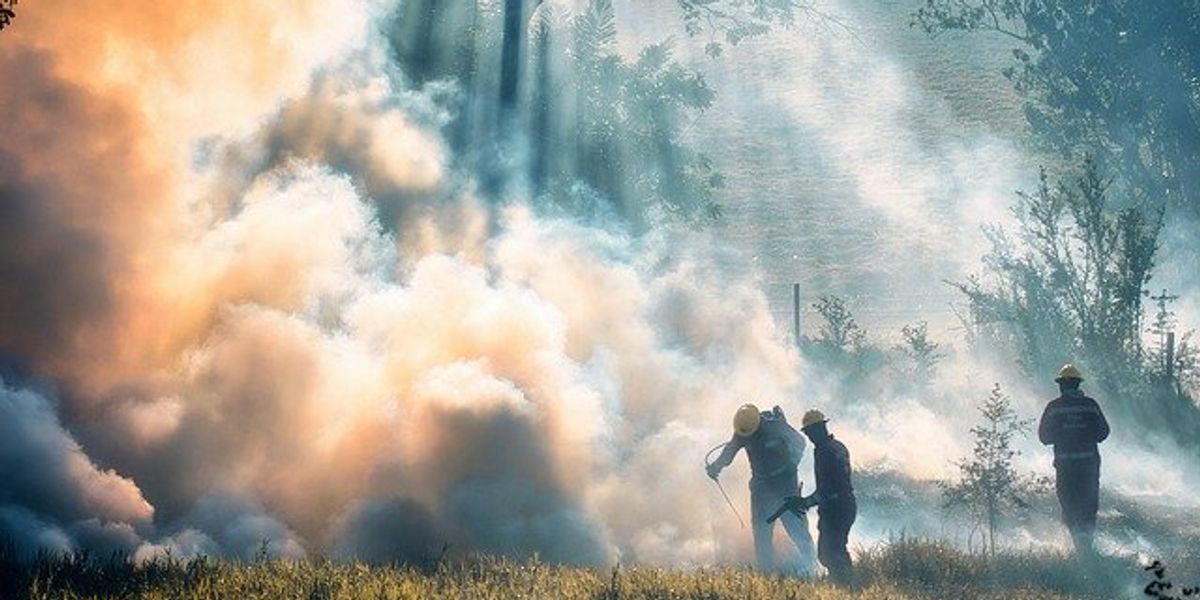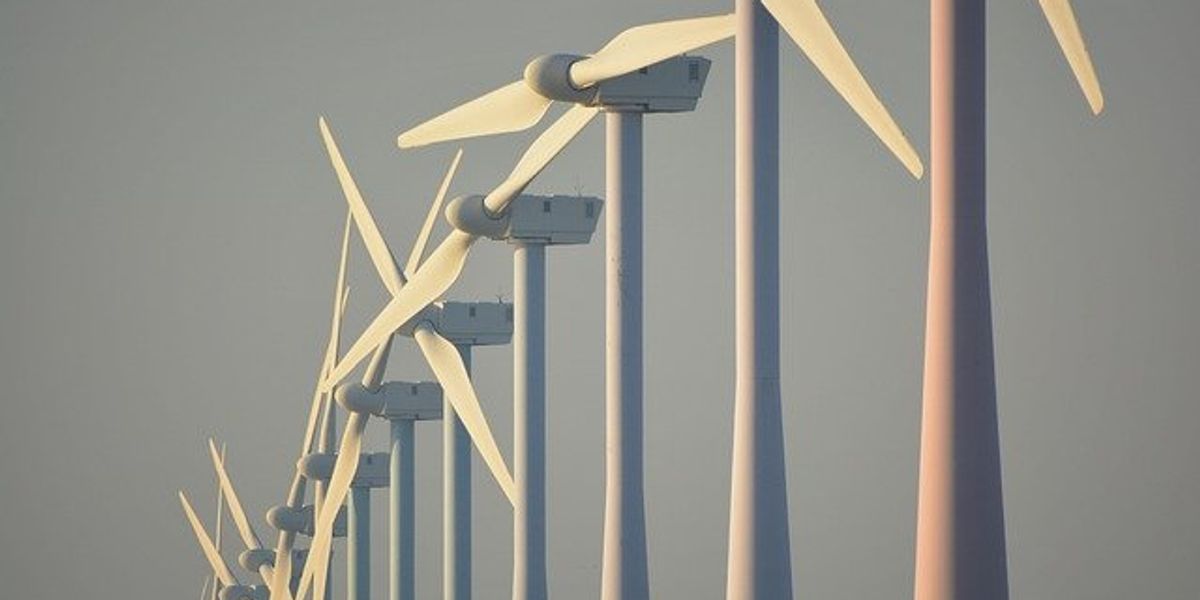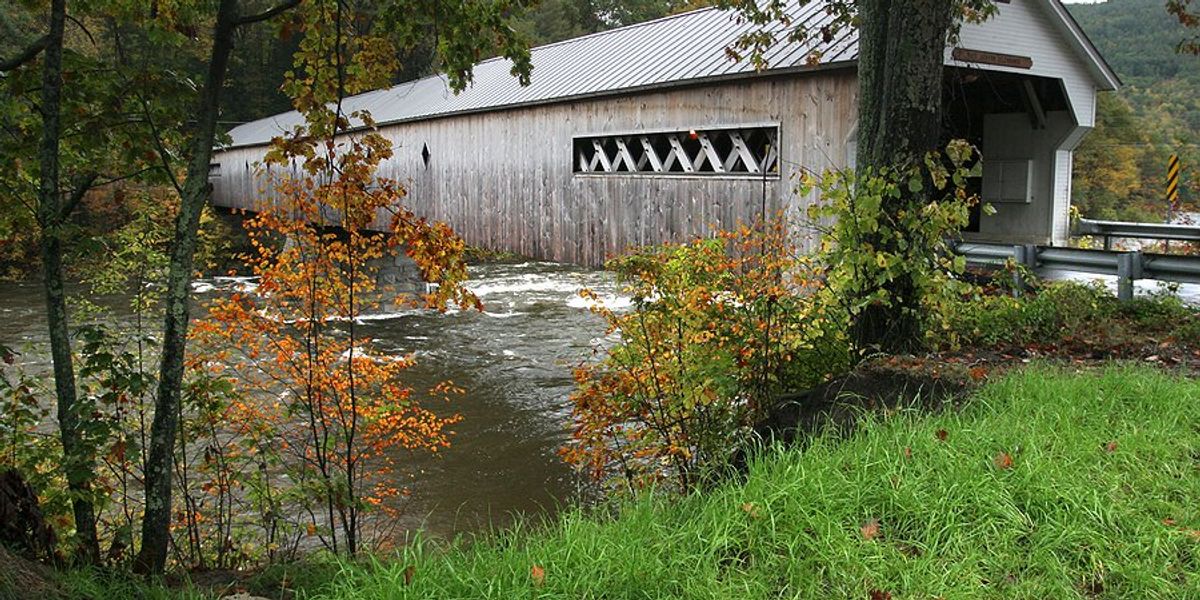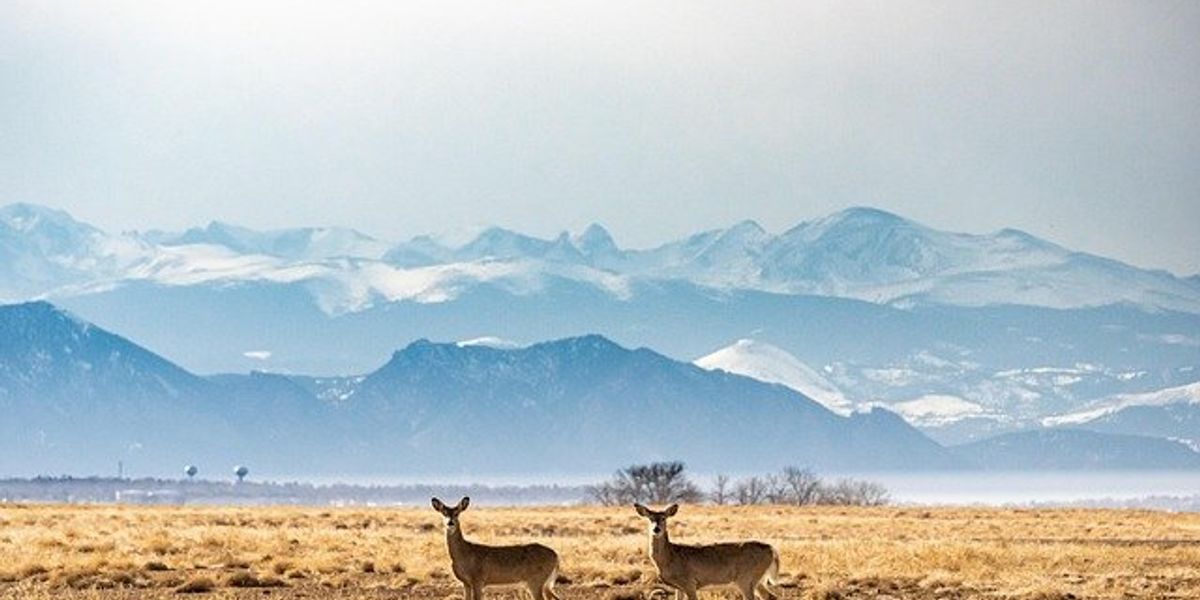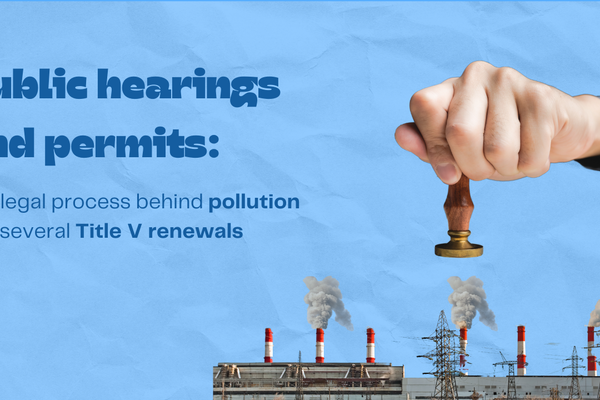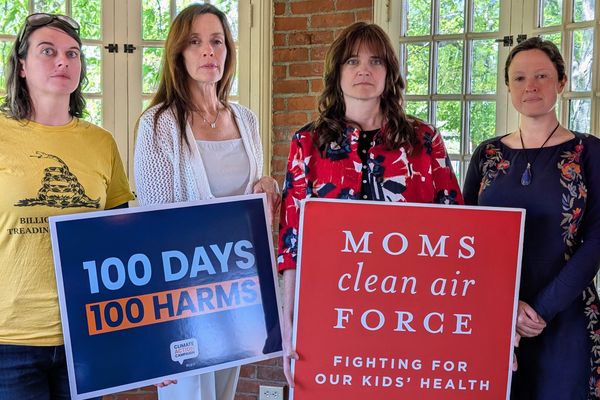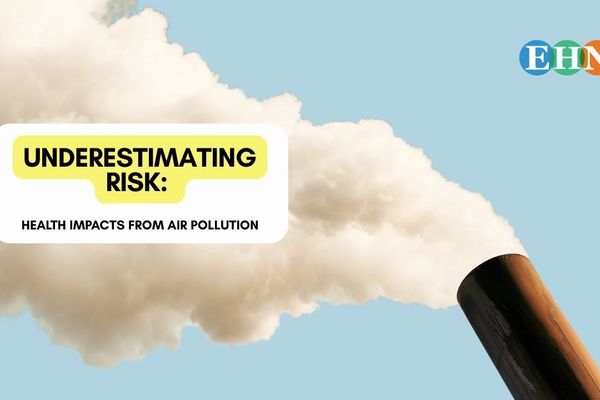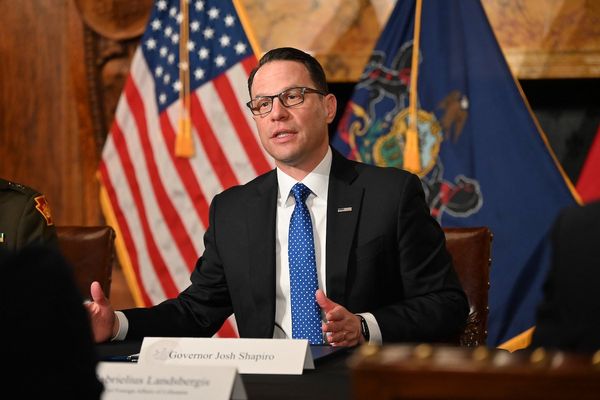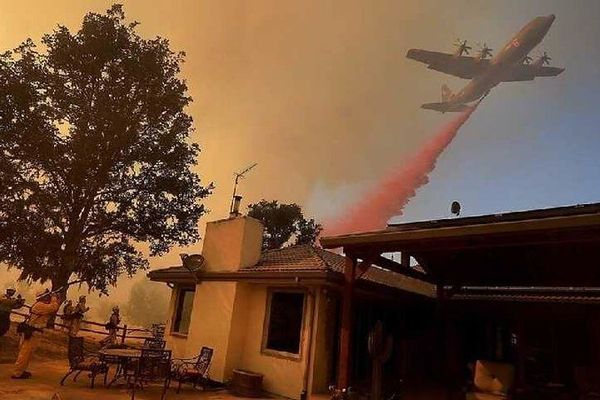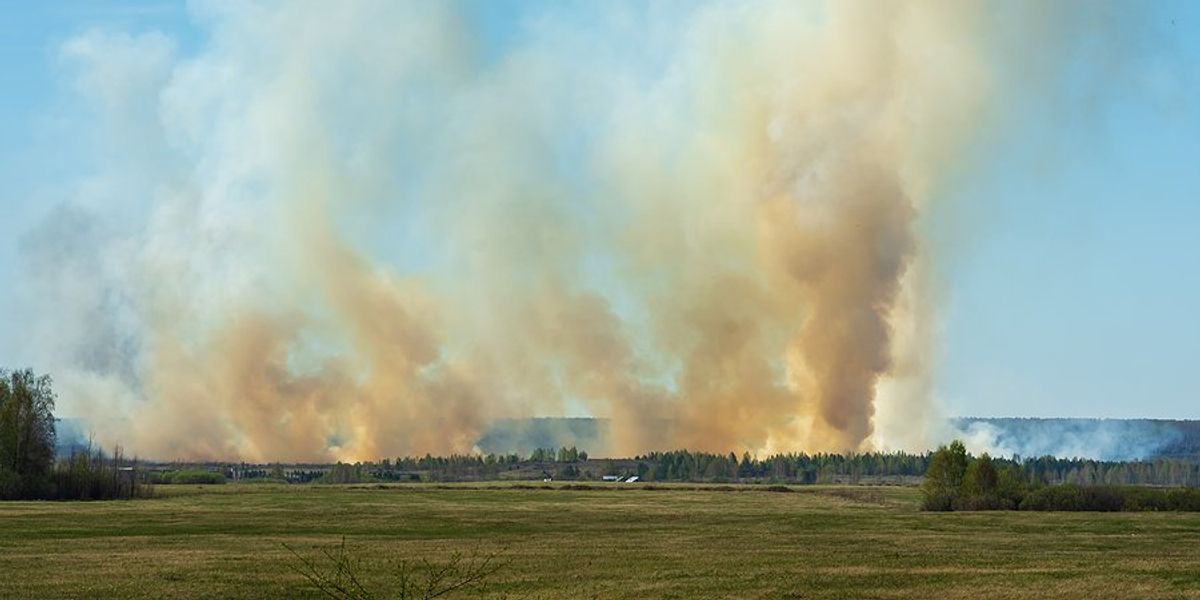
New Mexico governor's drought order avoids naming climate or curbing fossil fuel production
A record-breaking drought grips New Mexico, yet the governor’s recent executive order sidesteps naming climate change or placing limits on the oil and gas industry, which fuels both the crisis and the state’s budget.
Jerry Redfern reports for Capital & Main.
In short:
- Governor Michelle Lujan Grisham issued an executive order citing wildfire risk and directing drought planning, but avoided formally declaring a state of emergency or acknowledging the role of climate change and fossil fuels.
- New Mexico's oil and gas industry is the state's top emitter of greenhouse gases and a major source of funding for state programs, creating a political bind for regulatory efforts.
- Despite strong methane rules on paper, no major oil and gas legislation has passed the New Mexico Legislature in recent years, and lobbying from the fossil fuel sector continues to block reform.
Key quote:
“There is very little appetite in policymaking that has any kind of regulatory effect on the oil and gas industry.”
— Lucas Herndon, energy policy director, ProgressNow New Mexico
Why this matters:
New Mexico sits at a crossroads of climate policy and fossil fuel dependence. Its warming, drying climate has intensified wildfires, drained rivers, and stressed forests to a point unseen in centuries. Yet oil and gas operations not only drive those climate trends but also fund a third of the state’s budget, from schools to firefighting. This dependence makes it politically perilous for lawmakers to enact meaningful industry regulation, even as scientific consensus links these emissions to worsening drought. Without structural reform, the state faces compounding environmental and public health risks — including degraded air quality, heat exposure, and an overstretched firefighting infrastructure. As the climate warms, extreme events like flash floods and megafires grow more likely, threatening both natural ecosystems and human settlements across the Southwest.
Related: Drought and heat drive a surge in dangerous dust storms across the Southwest


